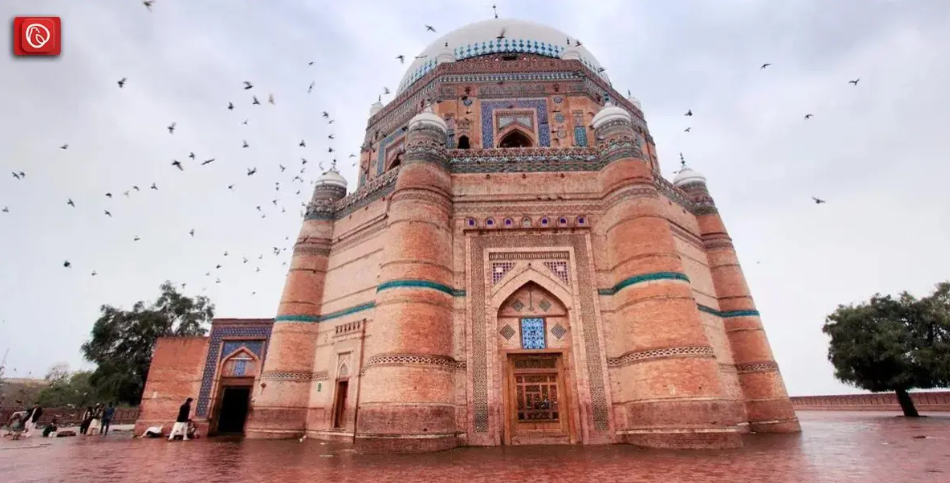Decoding DDA: Unraveling the Meaning and Impact

In the realm of urban development and real estate, the acronym DDA holds significant importance. Standing for Delhi Development Authority, DDA is a key player in shaping the landscape of the Indian capital. However, the scope and impact of DDA extend beyond its geographical confines, as it serves as a model for urban planning and development authorities worldwide. In this article, we delve into the meaning, history, functions, and the broader implications of DDA.
Meaning of DDA:
DDA, in its most common context, stands for Delhi Development Authority. Established in 1957 under the provisions of the Delhi Development Act, the primary objective of DDA is to plan, develop, and manage the national capital region. Over the years, the term has become synonymous with urban development authorities in various countries, each adapting its own version of DDA to address the unique challenges of urbanization.
History and Evolution:
The roots of DDA can be traced back to the post-independence period in India when there was a pressing need to accommodate the growing population and provide better living conditions in the capital city. The Delhi Development Act, passed in 1957, empowered the authority to acquire, develop, and dispose of land, making it a pivotal institution in the city’s growth. Since its inception, DDA has undergone several amendments to align with the changing dynamics of urbanization and to address emerging challenges.
Functions of DDA:
- Land Acquisition and Development: DDA plays a crucial role in acquiring land for planned development. It identifies suitable areas for residential, commercial, and industrial purposes, and undertakes the necessary steps to acquire the land through legal procedures. Once acquired, DDA is responsible for the planned development of these areas.
- Housing Development: One of the primary functions of DDA is to provide affordable and quality housing to the residents of Delhi. The authority initiates housing schemes, constructs residential complexes, and allocates dwelling units through a transparent process. This is a significant aspect of urban development, ensuring that the city’s residents have access to adequate housing.
- Infrastructure Development: DDA is instrumental in the development of essential infrastructure such as roads, parks, water supply, and sewage systems. By investing in these aspects, the authority aims to create a well-connected and sustainable urban environment that meets the needs of a growing population.
- Commercial and Recreational Spaces: DDA allocates spaces for commercial activities and recreational purposes. This includes the development of markets, shopping complexes, and recreational areas like parks and sports facilities. Balancing residential, commercial, and recreational spaces is essential for creating a holistic urban environment.
- Master Planning: DDA is responsible for formulating and implementing master plans that guide the overall development of Delhi. These plans take into account factors such as population growth, economic activities, and environmental sustainability, providing a roadmap for the city’s future.
Implications and Challenges:
While DDA has played a pivotal role in shaping Delhi’s urban landscape, it has faced its share of challenges and criticisms. One of the primary criticisms is the slow pace of development and the bureaucratic hurdles that often accompany large-scale urban projects. The authority has been working towards streamlining its processes to address these concerns and accelerate the pace of development.
Another challenge is the equitable distribution of resources and opportunities. As the city grows, ensuring that development reaches all sections of society becomes crucial. DDA has been working on inclusive housing schemes and policies to address the housing needs of economically weaker sections.
Moreover, the environmental impact of urbanization cannot be ignored. DDA has increasingly focused on sustainable development, incorporating green spaces, eco-friendly construction practices, and waste management systems into its projects. Striking a balance between development and environmental conservation remains a continuous challenge.
Global Perspectives on DDA:
While DDA originated in the context of Delhi, similar urban development authorities exist worldwide, each tailored to the specific needs and challenges of its region. The concept of a development authority, whether termed DDA or differently, is prevalent in many countries aiming to regulate and guide urban growth.
Conclusion:
In conclusion, DDA goes beyond being just an acronym for Delhi Development Authority; it represents a model for urban development and planning that resonates globally. Its journey from the post-independence era to the present reflects the evolving nature of urban challenges and the efforts to address them. As cities around the world grapple with issues of housing, infrastructure, and sustainability, the lessons learned from DDA’s experience provide valuable insights into effective urban governance and development.
- What does DDA stand for? DDA stands for Delhi Development Authority. It is a government organization in India responsible for planning, development, and management of the national capital region, Delhi.
- When was DDA established? DDA was established in 1957 under the provisions of the Delhi Development Act, with the aim of addressing the challenges posed by the rapid urbanization of Delhi after India gained independence.
- What are the primary functions of DDA? DDA’s primary functions include land acquisition and development, housing development, infrastructure development, planning and implementing master plans, and allocating spaces for commercial and recreational purposes.
- How does DDA contribute to housing development? DDA initiates housing schemes, constructs residential complexes, and allocates dwelling units through a transparent process to provide affordable and quality housing to the residents of Delhi.
- What is the role of DDA in infrastructure development? DDA plays a crucial role in the development of essential infrastructure such as roads, parks, water supply, and sewage systems to create a well-connected and sustainable urban environment.
- How does DDA address environmental concerns? DDA has increasingly focused on sustainable development by incorporating green spaces, eco-friendly construction practices, and waste management systems into its projects to minimize the environmental impact of urbanization.
- What are the challenges faced by DDA? DDA faces challenges such as the slow pace of development, bureaucratic hurdles, and the need for equitable distribution of resources. Additionally, balancing development with environmental conservation poses a continuous challenge.
- Is DDA unique to Delhi, or are there similar authorities globally? While DDA originated in Delhi, similar urban development authorities exist globally, adapted to the specific needs and challenges of their respective regions. The concept of a development authority is prevalent in many countries to regulate and guide urban growth.
- How does DDA ensure inclusive development? DDA has been working on inclusive housing schemes and policies to address the housing needs of economically weaker sections, aiming for equitable distribution of resources and opportunities.
- Can individuals participate in DDA housing schemes? Yes, individuals can participate in DDA housing schemes by applying for available dwelling units during the announcement of housing schemes. The allocation process is typically conducted through a transparent and fair lottery system.
These frequently asked questions provide a comprehensive overview of the meaning, history, functions, and challenges associated with DDA, shedding light on its role in shaping urban development in Delhi and serving as a model for similar authorities globally.





